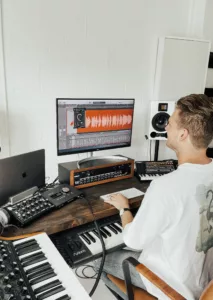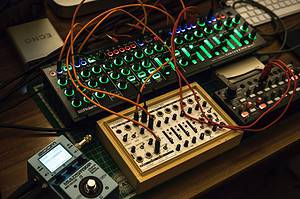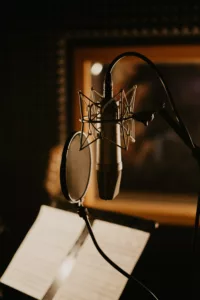
Giving Musicians the Tools to Make Better Music
Heya folks, Mattie here! Today, I’m thrilled to bring you a topic that’s as essential as the frozen banana in your tropical smoothie – Song Transitions. Often overlooked yet incredibly vital, mastering the art of transitioning between different parts of your song can elevate your music from amateur to professional. It’s not just about the transition; it’s about the journey of emotions it carries.
The Importance of Smooth Transitions
Transitions are more than mere bridges from one part of your song to another. They are the pathway to professionalism and, importantly, they sound fantastic. Ask yourself: do you want your listeners to recognize the blocks of MIDI in your creation or get lost in the emotional journey of your music? Effective transitions make your changes seamless, keeping the listener hooked and immersed.
Embracing the Transition Train
By now, you should be aboard the transition train, and it’s time to explore how to create them. I have 5 go-to techniques for crafting seamless transitions – and yes, I’ve saved the best for last!

Tip 1: Play with Dynamics
Dynamics are the heartbeat of a song’s emotion. The contrast between a quiet, intimate whisper and a loud, roaring anthem can drastically alter the listener’s experience. Use dynamics to your advantage:
- Building Energy: If your chorus is a powerhouse of energy and instruments, don’t just dive into it. Gradually increase the volume and tempo, preparing the listener for the drop.
- Contrasting Transitions: Alternatively, you might opt for an abrupt transition to create a stark contrast. This approach can be equally effective when done right.
Example in Action
Let’s dissect an example. Notice how the parts gradually get louder and faster, building anticipation for the main part of the song. When it drops, the impact is satisfying and powerful.
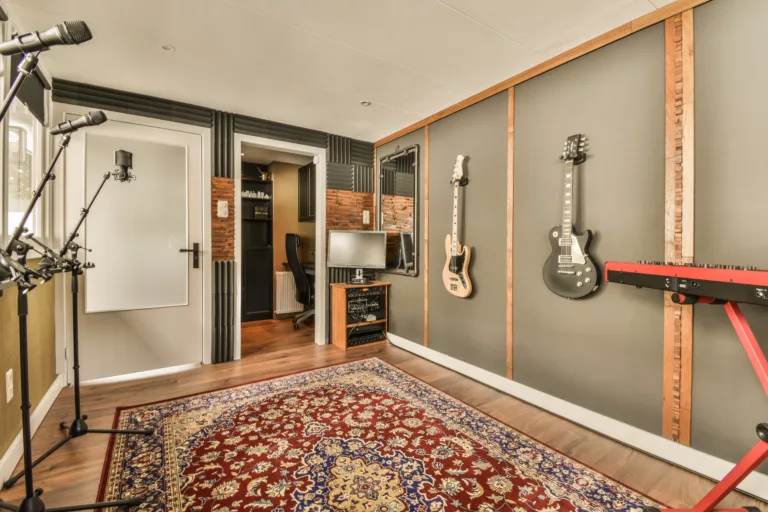
Tip 2: Utilize Reverb
Reverb is like the glue that holds different song parts together. It’s especially useful when transitioning between sections with varying instrumentations:
- Creating Continuity: By automating reverb at the end of a section, you can smooth out the transition. A long reverb tail ensures that the bass or other elements don’t abruptly stop but gently fade into the next part.
Reverb in Action
Here’s how it works: observe how the reverb bridges the gap between song parts, creating a cohesive and continuous sound.

Tip 3: Crashes, Risers, and Reverses
These sound elements are fantastic for building emotions:
- Crashes: A well-placed crash at the beginning of an energetic chorus can captivate the listener, adding impact and power.
- Risers: Use a riser to build tension before a significant drop or chorus.
- Reverse Sounds: A reverse sound can creatively and entrancingly lead into the chorus.
Demonstrating the Impact
Watch this example to see how crashes, risers, and reverse sounds add depth and drama to your transitions.

Tip 4: Drum Fills – The Classic Transition
No list of transition techniques is complete without the legendary drum fill. It’s a timeless method to signal a change in the song:
- Energizing or Calming: A drum fill can either ramp up the energy or tone it down, signaling an impending change in the song’s direction.
Drum Fills in Practice
Here’s a practical example. Notice how the drum fill subtly yet effectively differentiates between two sections of the song.
Better Transitions = Better Songs
Tip 5: The Power of Pauses – My Personal Favorite
And now, my favorite transition technique – the use of pauses. It’s simple, yet incredibly impactful:
- The Sound of Silence: There’s nothing quite as gripping as a moment of silence in a song. Strategically dropping out all instruments for a beat or two can create an intense impact when the music kicks back in.
- Emphasizing Vocals: This technique works wonders when paired with vocals that continue over the silence, highlighting the lyrics and building anticipation.
Utilizing Pauses
Here’s how I incorporate pauses in a song. Note the dramatic effect it creates, making the subsequent entry of instruments feel more satisfying.
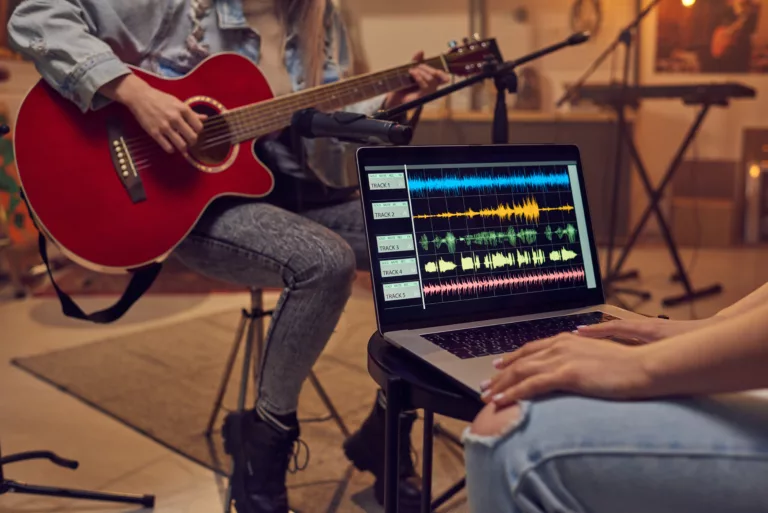
Conclusion
There you have it, folks – the art of crafting seamless song transitions. Remember, you don’t need to apply these techniques between every song part, but incorporating them thoughtfully can significantly enhance your production. Your mixes, listeners, and even your pet cat will feel the difference!
Stay tuned for more music production insights and don’t forget to subscribe. Can’t wait to hear the amazing transitions you come up with in your songs. Until next time, keep blending those musical bananas into smooth, delicious transitions!
Thanks for reading! If you still need help, check out my Free Vocal Presets for Logic Pro X that will get your vocals sounding amazing in no time!!
Check Out Our Other Articles!
Mattie
Post Info
Join "5 Beat Friday"
Every week you'll get 5 beats about the production world. Join the over 5,000+ other producers bettering themselves through 5 Beat Friday!

